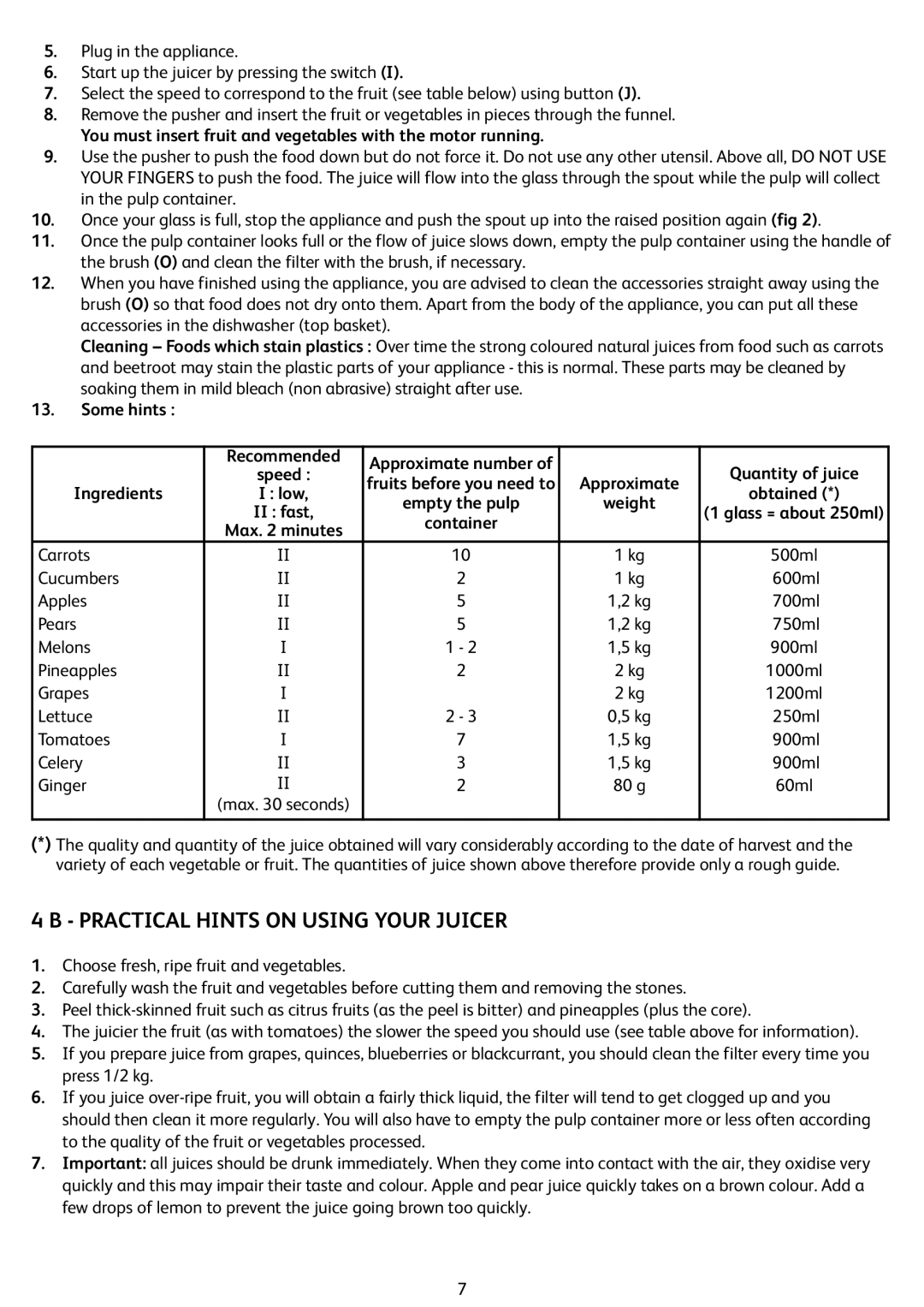ZN355H66 specifications
The Tefal ZN355H66 is a state-of-the-art kitchen appliance designed to elevate your cooking experience with its innovative features, advanced technologies, and high-quality construction. This versatile kitchen gadget is particularly praised for its exceptional performance, making it a valuable asset for both novice cooks and seasoned chefs alike.One of the standout features of the Tefal ZN355H66 is its non-stick ceramic coating, known as Thermo-Spot technology. This unique surface ensures that food releases easily without sticking, allowing for healthier cooking with less oil and making cleanup a breeze. The Thermo-Spot indicator also signals when the pan has reached the perfect cooking temperature, ensuring optimal results every time.
The appliance boasts a robust construction with a durable aluminum base that ensures even heat distribution. This feature not only prevents hotspots during cooking but also enhances the flavors of your dishes by promoting consistent cooking results. The Tefal ZN355H66 is compatible with all heat sources, including induction, making it an incredibly versatile option for any kitchen.
Another noteworthy characteristic of the ZN355H66 is its ergonomic handle, designed for comfort and safety. The handle remains cool to the touch during cooking, allowing for easy maneuverability without the risk of burns. Additionally, the appliance is lightweight, making it easy to transfer from the stovetop to the table.
The Tefal ZN355H66 is not just about functionality; it also emphasizes design. Its sleek and modern appearance adds an aesthetically pleasing element to any kitchen décor. The stylish exterior not only looks great but is also easy to clean, ensuring that it maintains its shine over time.
Moreover, this kitchen gadget is dishwasher safe, making cleanup convenient and hassle-free. Its robust construction further ensures that it can withstand the rigors of daily use, making it a reliable choice for everyday cooking needs.
In summary, the Tefal ZN355H66 impresses with its non-stick ceramic coating, even heat distribution, ergonomic design, and stylish appearance. Whether you are sautéing vegetables, searing meats, or preparing delicate sauces, this versatile kitchen appliance is sure to deliver optimal results, making it a worthy addition to any culinary enthusiast's kitchen.
